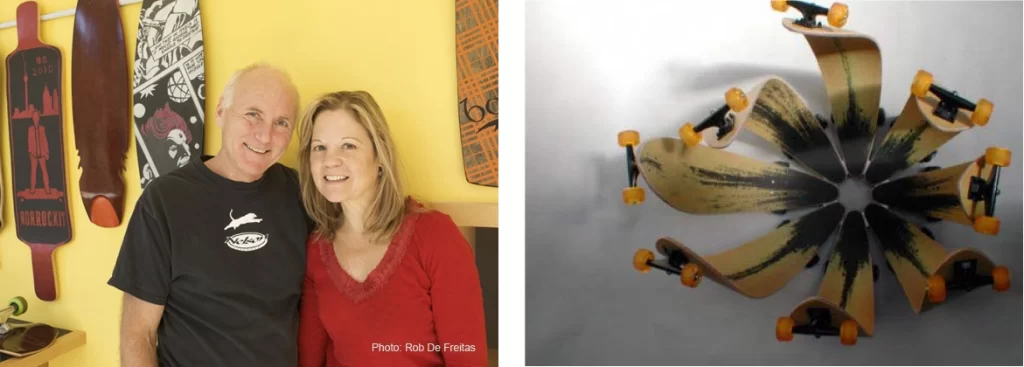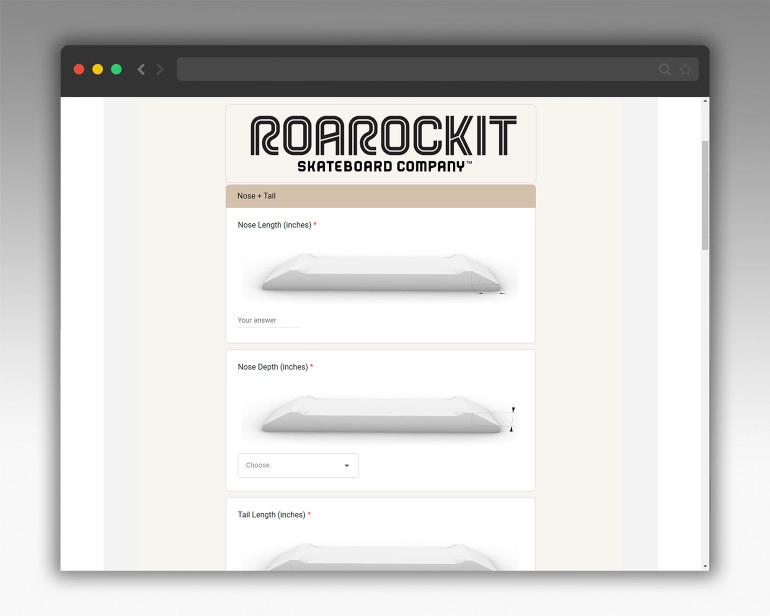Creative Production
The Dance of Robots
When it comes to creative production, film and photography productions are usually the first applications that come to mind where…
12 minute read
Robots have seen extensive applications in recent years in creative productions. In the film industry, robots are being used to create special effects, film stunts, and even operate cameras. In fine arts, robots are being used to create artworks, sculptures, and even paintings. In the fashion industry, robots are being used to create textile designs, sew, and manufacture clothes.
One of the more creative applications of robots is in shaping and fabrication with various materials.
Ted Hunter is an artist and was the furniture-design professor at Toronto’s OCAD University, where he taught for 30 years (now retired).

While Ted and his wife Norah Jackson were windsurfing on the beautiful island of Maui in 2001, Ted was asked to teach a class of teens in the woodshop. As he had never taught such a young age group before, he had a challenge ahead of him — what to teach them? Norah suggested building a skateboard deck, as it involved the bending of wood, something Ted was well known for using in his sculptures. That was the beginning of Roarockit.
Back in Canada, Ted and Norah spent the next year refining the process and created a kit to make the process and materials accessible to builders all over the world. In the fall of 2002, the Roarockit Skateboard Company launched both a Street Deck and a pintail Long Board Kit, the originals in a now expanded group of kits.
One of the main steps in shaping the boards is using foam molds. The foam molds are cut into desired shapes and the boards are shaped using the vacuum-laminating method.
Creating a foam mold requires knowledge of working with CAD programs and then translating the CAD files into code that can be understood by a foam-cutting machine. This process works flawlessly for mass-production applications. But it is very inefficient and time-consuming for one-off designs.

This is where Ted saw an opportunity to expand his offerings. Ted solved the problem of creating custom-made molds using a Dorna 2 robot a rail and a hotwire tool head for the robot. He has created an automated hotwire foam-cutting machine. His setup lets people who want to create a mold but don’t want to shape it by hand, create the mold using the industry’s first process and watch the cutting process streamed live on the Youtube channel of Roarkit!

The online interface makes it easy to design a mold shape based on customer specifications. You choose your dimensions, no CAD software knowledge is needed!
The interface allows user to design their custom Street Deck or Longboard with available features such as nose/tail, drop deck, double concave, and wheel flares.
The robot hotwire process creates 3-dimensional planar forms. The forms will then be laminated in a vacuum bag to make the multilayer board.
You can see how the robot cuts the foam in the video below:
Ted summarizes how the robot helps them with the cutting process:
Our business is creating skateboard kits where people can purchase tools and materials to laminate their own boards. We use a shaped foam mold in the process that gets cut using a Cnc Hotwire system. This machine is great for production but almost impossible to do one off shapes due to the complicated programming.
Dorna robot arm has solved this problem. We now have an online page where users can chose from a list of measurements, these numbers are processed to build code that the Dorna then uses to cut out their custom foam mold. The cutting is done by Hotwire and is accessible for the user to see as it’s happening.
You can create your own custom skateboard and watch it being made from here.
Dorna‘s simple programming interface, along with highly accurate and smooth movement, provides many opportunities for businesses to automate their manual processes in manufacturing, fabrication, and assembly lines. The automation releases your valuable human resources for more demanding tasks and can enhance the throughput and quality of your final product and increase your bottom line.
If your business is in need of an affordable and accessible automation solution, do not hesitate to contact our support team and enjoy a free consultation session with one of our automation engineers.
Creative Production
When it comes to creative production, film and photography productions are usually the first applications that come to mind where…
12 minute read